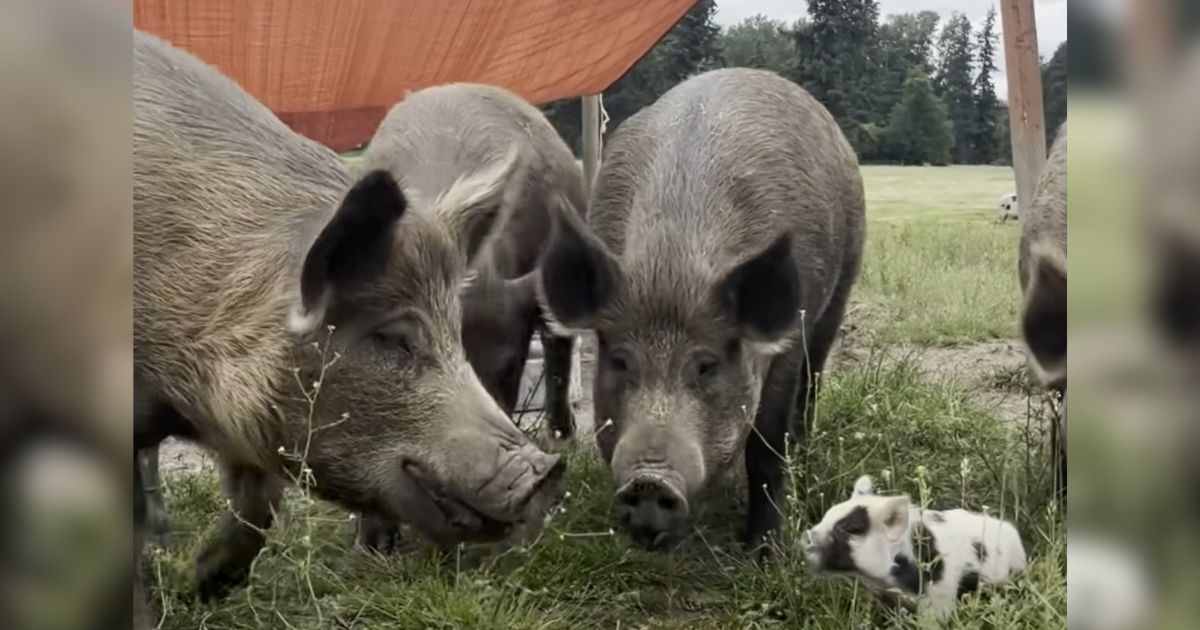With a bright blue head, long eyelashes, and soft black feathers, the southern cassowary might look like a colorful ostrich, but they are actually the most dangerous bird in the world – also known as “living dinosaurs.”

Bernie, with an official name of Bernard, arrived at the Wildlife Friends Foundation Thailand four years ago after he escaped from a temple where he had been held captive for a decade.

When he arrived at the rescue center, the massive bird was suffering from severe eye and beak injuries, and could hardly stand on his own. It would take months of intensive care before he would be able to have a full recovery – but thankfully, the wildlife center took great care of him, now Bernie has lots of room to run around.
Bernie, however, isn’t your typical cassowary. Normally, they are aggressive and dangerous to be around. Bernie seems to be unusually friendly, which the caretakers were surprised by, but they know not to let down their guard around the giant bird.
“We are still extremely cautious of his strong legs and dagger-like claws,” WFFT recently said.

Cassowaries aren’t your average large bird like an emu or ostrich, they have a thick plate on their foreheads, and very powerful legs that allow them to sprint up to 30 miles per hour. They also have 4-inch talons that look much like a dinosaur’s. In fact, scientists say that birds are the most closely related species to prehistoric creatures.
Having such sharp, long talons makes cassowaries the most dangerous bird on the planet. You can find these birds in Australia, Papua New Guinea, and Indonesia, and thankfully, they like to keep their distance from humans.
Cassowaries have a height of up to 6-feet, jump five feet in the air, and kick out their sharp, taloned feet to defend themselves.
The best way that humans can avoid a potentially deadly kick from a cassowary? Don’t approach or get close to them! Most attacks on humans were because they were trying to get a close-up photo opportunity or feed them.
Like most wild animals – if they grow dependent on people feeding them, they can become aggressive if a human doesn’t give them food.
There has only been one death caused by a cassowary. It was in 1926 when a teenage boy tried to attack the bird.
Despite the one death, there have been over a hundred injuries reported by cassowaries.
“A 2003 historical study of 221 cassowary attacks showed that 150 had been against humans. 75% of these had been from cassowaries that had been fed by people. 71% of the time the bird had chased or charged the victim. 15% of the time they kicked. Of the attacks, 73% involved the birds expecting or snatching food, 5% involved defending natural food sources, 15% involved defending themselves from attack, and 7% involved defending their chicks or eggs,” says Wikipedia.
Of course, humans are far more of a danger to cassowaries, like Bernie, than they are to us.

Cassowary numbers are dropping, mostly due to human encroachment on their environment, many of them getting hit by cars in Australia, reports Rainforest Rescue who also fund the Save the Cassowary campaign.
“An increasing human population in the southern cassowary’s home has had a serious impact on these magnificent birds,” Rainforest Rescue says on its website. “Crossing roads puts cassowaries at risk of vehicle strikes, [and] roads can also increase the distance cassowaries must travel for fresh water and fruits.”
It’s critical that these birds are preserved as they play a vital role in the tropical ecosystem by dispersing seeds.

Rainforest Rescue is trying their best to buy up as much rainforest land as possible in order to protect and conserve this beautiful and unique species. They have also been trying to buy back farmland in order to restore the former forests that once existed.
If you want to help protect Bernie and other cassowaries, you can make a donation to Rainforest Rescue here.
Please SHARE this with your friends and family.
https://www.facebook.com/media/set/?set=a.10155253580637657.1073742431.28211827656&type=3















